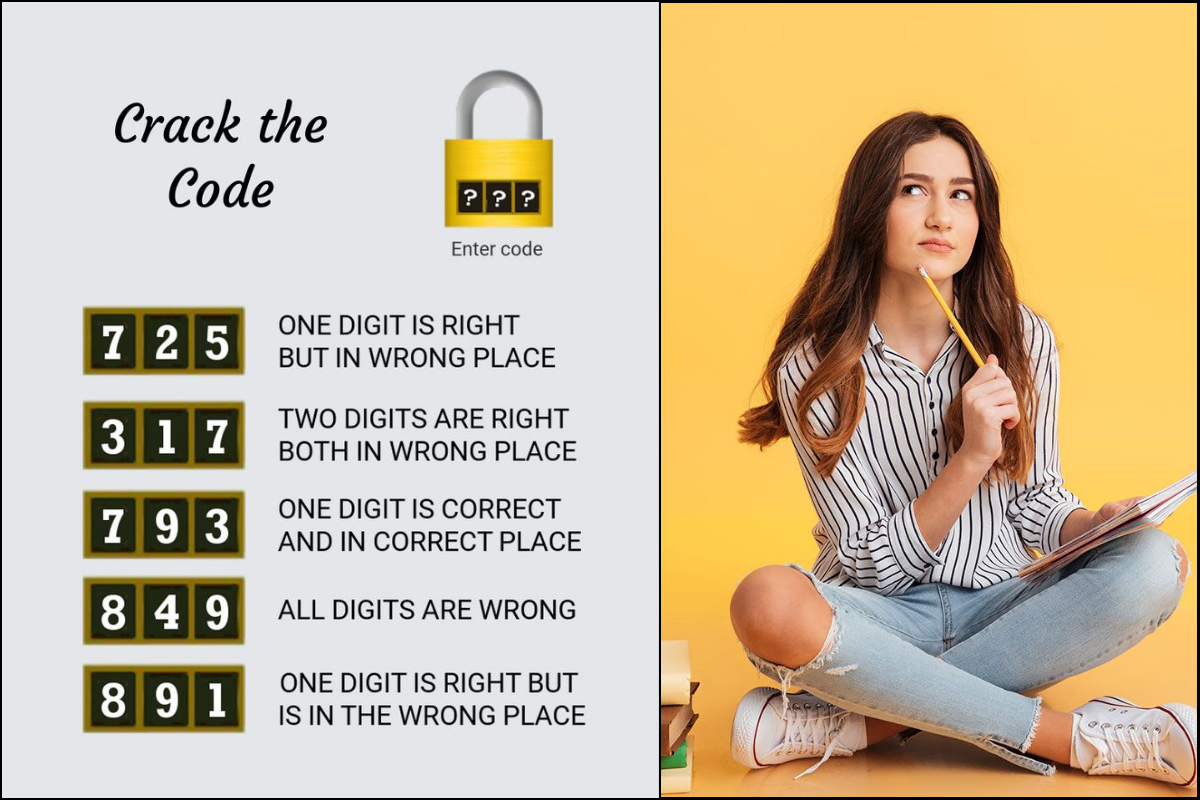Certainly! Below is a unique SEO-optimized article on the topic “Solve 3-Digit Passcodes Crack the Code Puzzles,” formatted in WordPress block format as per your specifications.
When it comes to brain teasers and mind-bending puzzles, few things are as satisfying as cracking a 3-digit passcode. It’s like being a detective on a mission! Whether you’re stuck in an escape room or simply enjoy solving riddles with friends, understanding how to tackle these code-breaking challenges can elevate your puzzle-solving game. So, grab a cup of coffee, and let’s dive into the captivating world of 3-digit passcodes!
Understanding 3-Digit Passcodes
At its core, a 3-digit passcode is a combination of numbers that unlock a specific sequence—think of it as a mini treasure hunt! Just three digits can create a vast array of possibilities, with each number ranging from 0 to 9. This results in a staggering total of 1,000 potential combinations. Now, don’t let that number discourage you; let’s break it down!
The Basics of Code Cracking
To crack a code, you need a strategy. It’s not just about guessing numbers willy-nilly; it requires logic and a bit of ingenuity. Here are some essential tips:
- **Start Simple:** If you know some digits, focus on them first. For example, if you know the second digit is a ‘5’, your options narrow down significantly.
- **Patterns Are Key:** Look for patterns in the numbers. Are they sequential? Repeating? Sometimes, the layout can give you clues.
- **Elimination Process:** Try to eliminate numbers that don’t work. Keeping track of what you’ve tried can save precious time.
Using Logic to Your Advantage
Here’s where the detective work really kicks in! Imagine you’re trying to solve a mystery: you’d take notes, analyze clues, and develop a game plan. The same goes for cracking 3-digit passcodes. If a particular combination doesn’t work, think about why. This could help you find logical sequences that lead you closer to the answer.
Common Strategies for Success
Now that you know the basics, let’s dive deeper into some winning strategies for cracking those pesky 3-digit codes!
The Trial and Error Method
Sometimes, you have to roll up your sleeves and get down to business. The trial and error method can be tedious, but it’s often necessary. Start from ‘000’ and work your way up. Mixing in numbers that you think might be significant, like birthdays or anniversaries, can also give you an edge!
Keep It Organized
While you’re trying different combinations, keep track of what you’ve already entered. There’s nothing worse than forgetting what you’ve tried and starting over. A simple notepad can be a great ally here!
Engage Others in the Process
Two (or more) heads are better than one! Inviting friends to assist can give you a fresh perspective. They might think of combinations you wouldn’t have considered. Plus, it adds to the fun—imagine the satisfaction of solving a puzzle together!
Conclusion
So, there you have it! Solving 3-digit passcodes and cracking the code puzzles can be a thrilling experience. By employing strategies like elimination, logic, and collaboration, you can turn a frustrating task into an enjoyable challenge. Next time you encounter a 3-digit lock, remember to stay calm and think outside the box. Happy puzzling!
FAQs
1. What is the fastest way to solve a 3-digit passcode?
The fastest way typically involves combining the trial and error method with logic-based guessing. Focus on known digits and eliminate impossible combinations.
2. Are there any commonly used 3-digit passcodes?
Yes! Many people use easily memorable numbers like ‘123,’ ‘456,’ or birth dates. However, these combinations are less secure.
3. Why are 3-digit passcodes popular?
They strike a balance between security and memorization ease, making them accessible yet somewhat secure for everyday use.
4. Can I create my own passcode system?
Absolutely! Create a memorable sequence that’s personal to you but not easily guessable by others, which adds an extra layer of security.
5. What should I do if I forget my 3-digit passcode?
If you forget your passcode, look for reset options associated with the lock or system. Often, there’s a recovery method in place.
